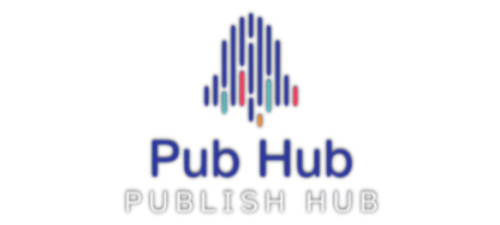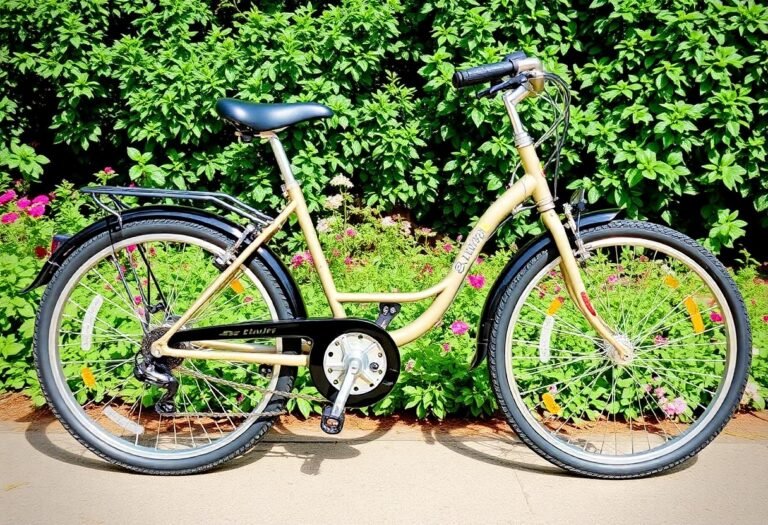What are BIN checkers for: key use cases

Imagine you’re shopping online, and your card gets declined. There could be several reasons for this: an error on your bank’s side, restrictions on cross-border transactions, or even suspicious activity. What should you do? In situations like these, a tool you might not have heard of could come in handy — a BIN checker.
A BIN checker is an online service that verifies the first six digits of a card number, known as the Bank Identification Number (BIN). These digits reveal which bank issued the card, the country of origin, the payment system (e.g., Visa, Mastercard), and whether the card is debit, credit, or prepaid. At first glance, this might seem like information only banks or large corporations need. But that’s not the case. BIN checkers can be incredibly useful in everyday scenarios that most people don’t typically consider.
Verifying online stores
Let’s say you’re about to shop at an online store that only accepts cards issued by certain banks or countries. By using a BIN checker, you can find out if your card is compatible before attempting the payment.
For instance, if the store only processes cards from the European Union, and your BIN indicates that your card was issued in a non-EU country, you’ll know ahead of time that the payment might not go through. This can save you time and the hassle of trying alternative methods at the last minute.
Using personal cards abroad
BIN checkers are a great tool for frequent travellers. Suppose you’re planning a holiday and intend to rent a car or book a hotel. Sometimes, businesses abroad won’t accept cards from foreign banks.
By researching which BINs are commonly accepted in your destination country, you can choose the right card or even apply for one that works seamlessly. This could save you from standing at the car rental desk, only to have your card declined.
Supporting financial planning
For freelancers or those working with international clients, picking the right bank for receiving payments is essential, especially for cross-border transactions.
Imagine a client sends you money from a specific bank. Using a BIN checker, you can identify the bank’s location and estimate how long it might take for the payment to process. You can also determine whether there might be any hidden fees based on the originating bank.
Fighting fraud
Now picture this: you run a small business that accepts online payments. A customer makes a substantial purchase, but something about their card details seems off. A BIN checker can verify if the card information matches the customer’s claims.
For example, if the customer says they’re based in Germany, but the card was issued by a bank in Brazil, that’s a red flag. This insight helps you decide whether to investigate further before completing the transaction.
Fraudsters often use stolen card details or compromised BINs to carry out fraudulent transactions. Knowing this information enables you to better protect your business.
Saving on service costs
Another unexpected way to use a BIN checker is to reduce service costs. Some platforms offer special pricing or discounts for cards issued by specific banks or regions.
For example, you might be subscribing to a streaming service. If your card is from one country, but the service offers discounts for users with cards from another, you can check your BIN to see if you qualify. If not, you could open a new card to take advantage of the better deal.
Automating customer transactions
In large companies that process hundreds or even thousands of transactions daily, BIN checkers can simplify workflows.
For example, a customer support team might use BIN checkers to resolve issues more quickly. If a customer’s card is declined, a BIN check can immediately reveal whether the issue is related to the bank or country-specific restrictions. This saves time and speeds up problem-solving.
How to choose a BIN Checker
A BIN checker analyses the first six digits of a card and decodes the information they contain. With a BIN checker, you can find out:
- The issuing bank (e.g., Wells Fargo or Raiffeisen).
- The type of card (credit, debit, or prepaid).
- The payment system (Visa, Mastercard).
- The issuing country.
Some BIN checkers offer extra features, like identifying the card’s level (e.g., classic or premium) or billing thresholds.
Most BIN checkers provide standard functionality, which is often sufficient for everyday use. A quick online search will help you find a free BIN checker that suits your needs. When choosing one, pay attention to how frequently its database is updated — this ensures you’re getting accurate and reliable information.
Everyday tips for BIN chePile of credit cards on table, closeupcker users
For everyday users, BIN checkers can come in handy in situations you might not expect.
Let’s say you’re considering opening a virtual card but aren’t sure which bank to choose. A BIN checker can help you identify banks that best meet your needs, whether it’s for online shopping, subscriptions, or international transactions.
Another example: you’re signing up for a new social media platform that requires linking a bank card. You don’t want to use your main card for security reasons, so you decide to get a virtual card. By checking its BIN, you can confirm whether it’s compatible with the platform’s requirements.
In summary
BIN checkers aren’t just tools for professionals. They can help with everyday tasks, from ensuring safe online purchases to saving money on fees.
They simplify and secure your financial life. Even if you’ve never considered these details before, spending a few minutes with a BIN checker could save you from a world of inconvenience.







Only One card to manage all Social media Platfroms